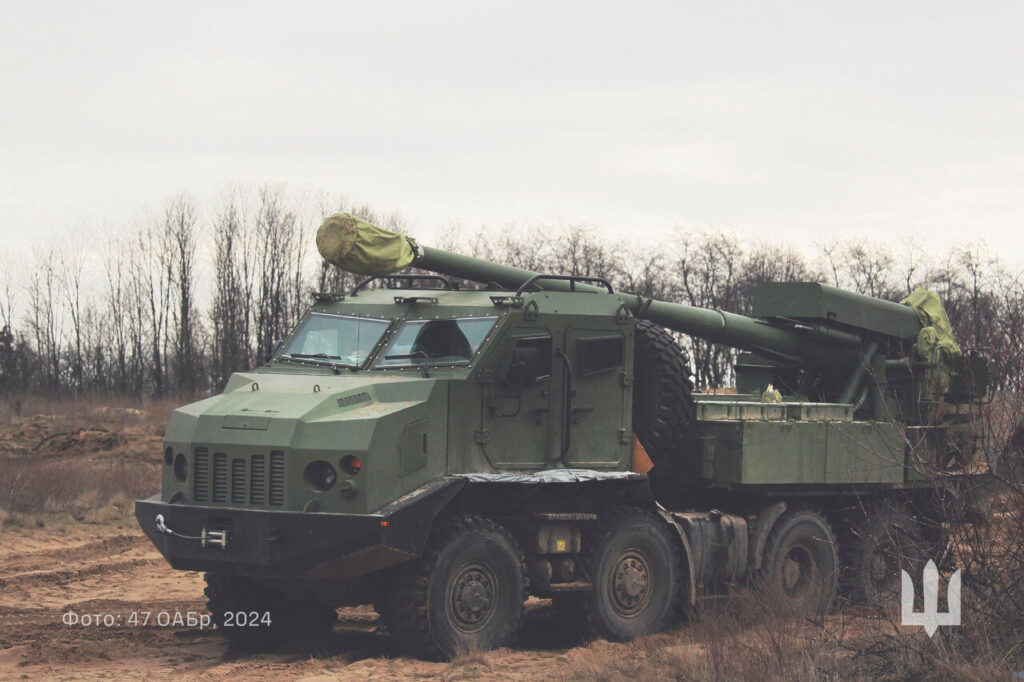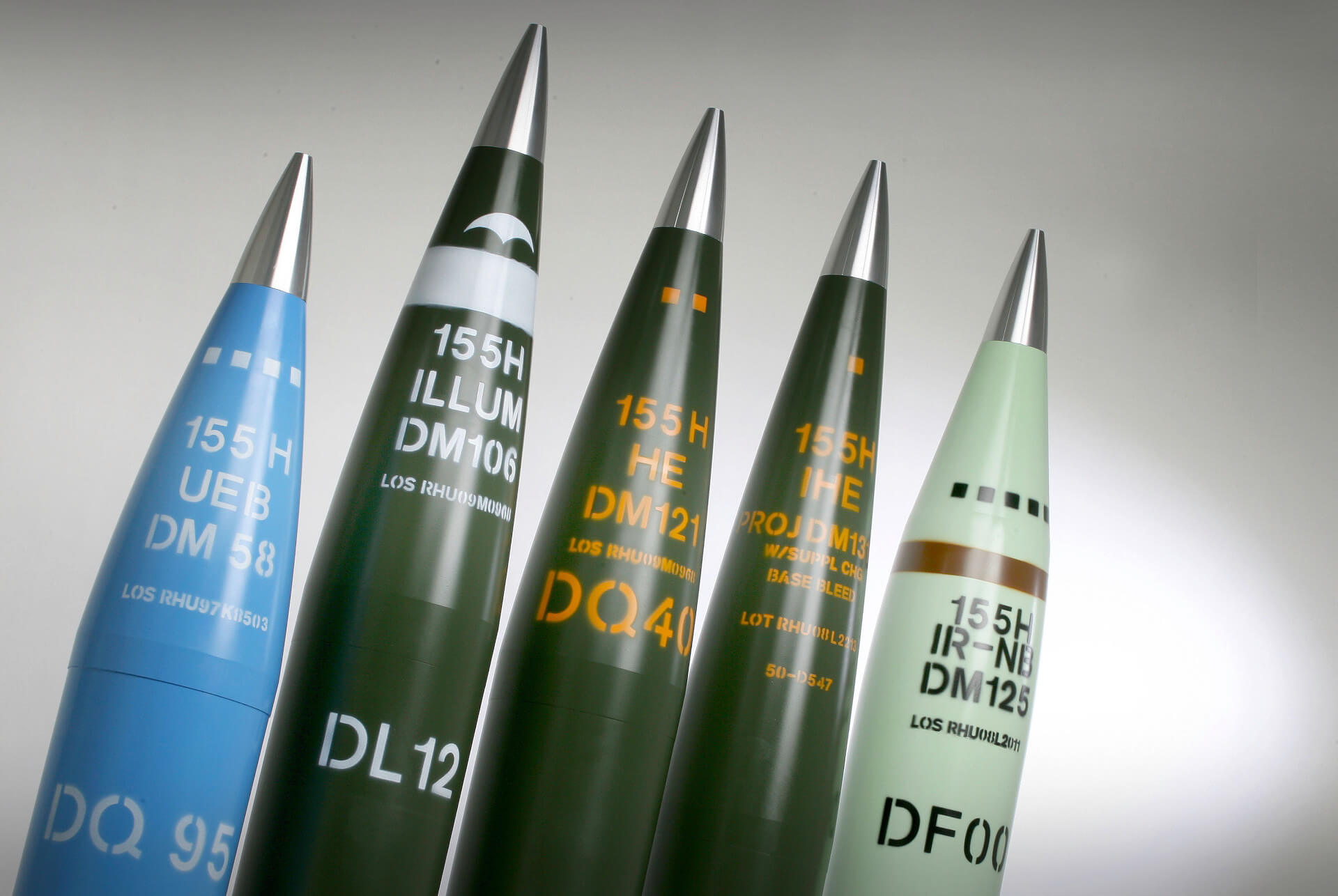After the German defence giant Rheinmetall and a Ukrainian partner company signed a memorandum of understanding at the Munich Security Conference to establish a joint venture for the production of 155mm artillery ammunition in Ukraine, Rheinmetall has now — around five months later — been officially commissioned to establish an ammunition factory.
Rheinmetall announced this today in a press release on the company’s website. The order awarded by the Ukrainian government marks the starting point for the realisation of the project.
The contract itself has a value in the low three-digit million euro range and will include all necessary technical machinery and equipment and the commissioning of the production facility. The plan is to start the production of modern 155mm shells after 24 months at the latest, i.e. in summer 2026.
Rheinmetall — which will hold 51% ownership of the new joint venture in Ukraine — will also be responsible for operating the plant. However, there is still a long way to go before production starts. Measures are currently being taken in Ukraine to prepare the necessary infrastructure.
Even though it is expected to take around two years before production actually starts, every single day in Ukraine is certainly being counted, as the demand for artillery ammunition of the NATO 155mm calibre is still extremely high.
Despite the deliveries from the Czech ammunition initiative, which began in June with 50,000 155mm shells financed by Germany, Russia still has a superiority in terms of ammunition reserves and usage, even if the situation for Ukraine is now easing a bit.

Production in Ukraine — which is expected to result in a six-figure number of artillery shells per year under full load — will therefore play a key role in the supply of artillery ammunition to Ukraine in the coming years.
The demand for such shells will increase in the future as the Ukrainian army slowly but steadily migrates from old artillery systems such as the 2S1 Gvozdika (122mm) or 2S19 Msta-S (152mm) to more modern artillery systems such as the PzH 2000 or RCH 155 (both 155mm). The production capacity of the 2S22 Bohdana (155mm) developed in Ukraine is also being continuously expanded.
As of today, 86 self-propelled artillery systems ordered by the German government alone are in production and delivery. It is therefore only logical that the demand for 155mm ammunition will increase in the coming years, while the demand for older calibres such as 122mm or 152mm will decrease.
But even the production of around 200,000 155mm shells per year by Rheinmetall in Ukraine is only a drop in the ocean under conditions of war. Therefore, one can only hope that this will be an important first step, but not the last.
If you liked this post, consider following me on X, Bluesky, or Telegram. If you like, you can also leave me a tip on Ko-fi.


